Good Processor Speed For Video Editing
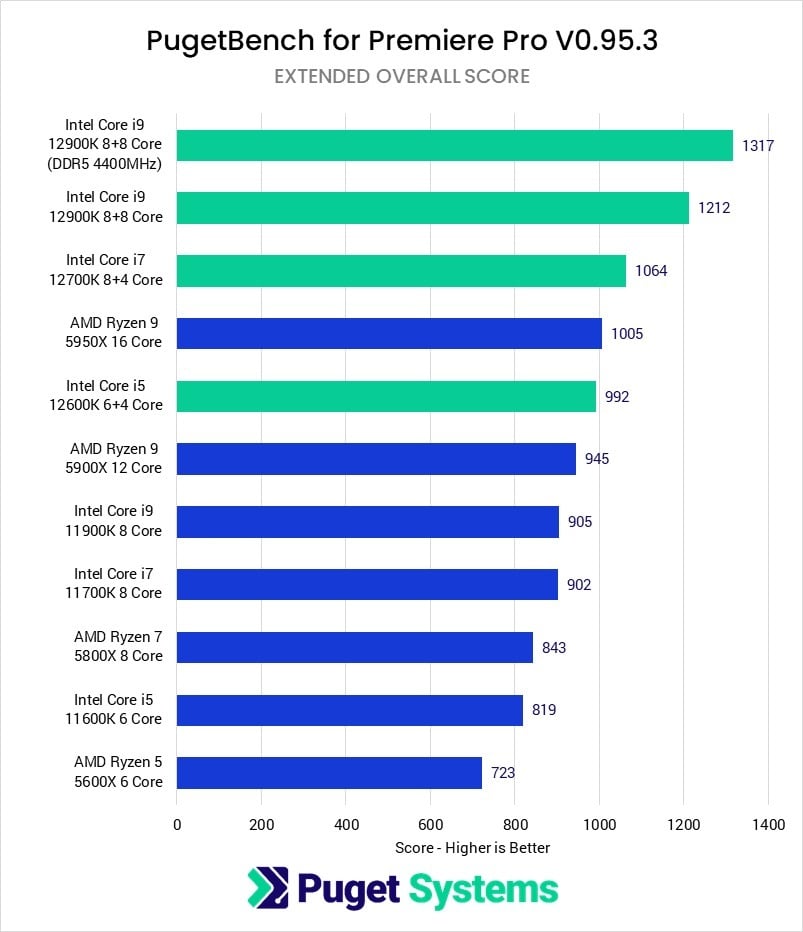
The debate rages on among video editors: what processor speed is truly "good enough" for smooth, efficient workflow? As video resolutions and editing software become increasingly demanding, understanding the interplay between CPU capabilities and editing performance is more crucial than ever.
This article aims to dissect the factors determining optimal processor speed for video editing, offering insights for professionals and hobbyists alike. We will analyze benchmarks, expert opinions, and real-world experiences to provide a clearer picture of the processing power required to tackle various video editing tasks.
Understanding the Core Factors
The "nut" of the issue lies in the complexity of video editing itself. Video editing is a computationally intensive task, relying heavily on the CPU to process video decoding, encoding, effects rendering, and real-time playback.
Several factors beyond just gigahertz (GHz) influence a processor's video editing prowess. Core count, thread count, and architecture all play significant roles, making it essential to look beyond the clock speed alone.
The Importance of Core and Thread Count
Modern editing software, like Adobe Premiere Pro and DaVinci Resolve, are designed to leverage multiple cores and threads. More cores allow for parallel processing, dividing tasks across multiple processing units, significantly speeding up rendering and exporting times.
For example, a processor with 8 cores and 16 threads can handle a wider range of tasks concurrently than a processor with only 4 cores and 8 threads.
According to a study by Puget Systems, a leading provider of workstations for content creation, "For heavy video editing workloads, the number of cores is more important than the clock speed."
Clock Speed Considerations
While core count is crucial, clock speed is also a significant factor. A higher clock speed allows each core to perform its tasks faster, leading to snappier responsiveness within the editing software.
However, increasing clock speed often comes at the cost of increased power consumption and heat generation. Therefore, a balance between core count and clock speed is generally desired.
Most professionals recommend a base clock speed of at least 3.0 GHz, with turbo boost capabilities reaching 4.0 GHz or higher. Turbo boost allows the processor to temporarily increase its clock speed when needed, providing a performance boost during demanding tasks.
Processor Recommendations for Different Editing Needs
The ideal processor speed ultimately depends on the type of video editing you're doing. Simple editing tasks, such as trimming clips and adding basic transitions, will require less processing power than complex tasks like working with 4K footage or applying heavy visual effects.
For basic HD video editing, an Intel Core i5 or an AMD Ryzen 5 processor with at least 4 cores is usually sufficient. These processors offer a good balance of performance and affordability.
For 4K editing and more complex projects, an Intel Core i7 or AMD Ryzen 7 with at least 6 cores is recommended. High-end video editors working with 6K or 8K footage often opt for Intel Core i9 or AMD Ryzen 9 processors, or even Intel Xeon workstation-class processors.
"Investing in a powerful processor is one of the best things you can do to improve your video editing workflow," says Jon Rettinger, a technology reviewer with extensive experience in video production.
Beyond the Processor: Other Important Components
While the processor is a critical component, other hardware elements significantly impact video editing performance. Having sufficient RAM (at least 16GB, ideally 32GB or more), a fast SSD (Solid State Drive) for storing footage and projects, and a powerful GPU (Graphics Processing Unit) are all essential for a smooth editing experience.
The GPU assists in decoding and encoding video, accelerating effects rendering, and improving real-time playback performance.
Ultimately, the best way to determine the optimal processor speed for your needs is to consider the specific demands of your workflow and budget. Researching benchmarks and reviews can help you make an informed decision.
By understanding the interplay between processor speed, core count, and other hardware components, video editors can create a system that meets their specific needs and allows them to work efficiently and effectively.

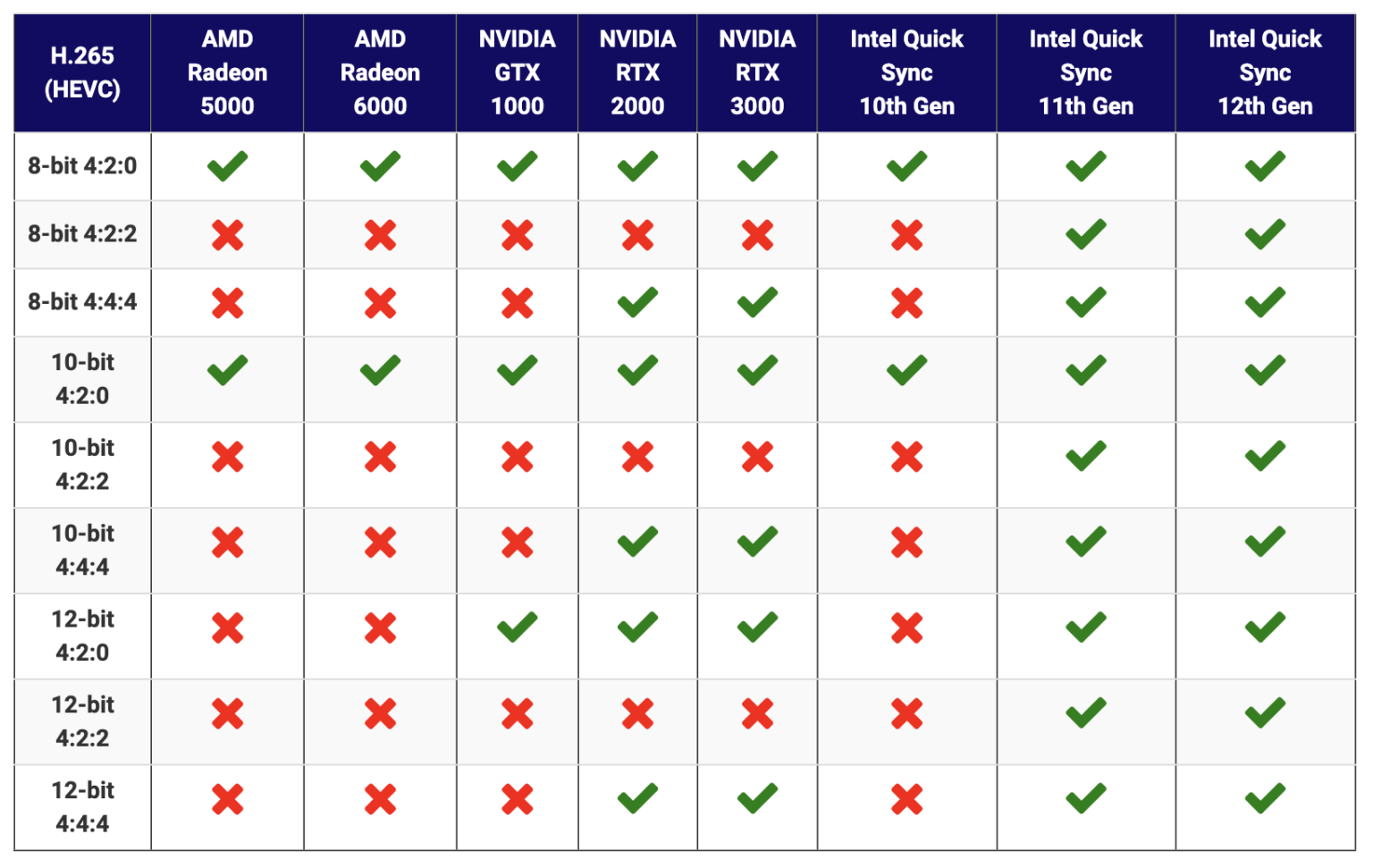
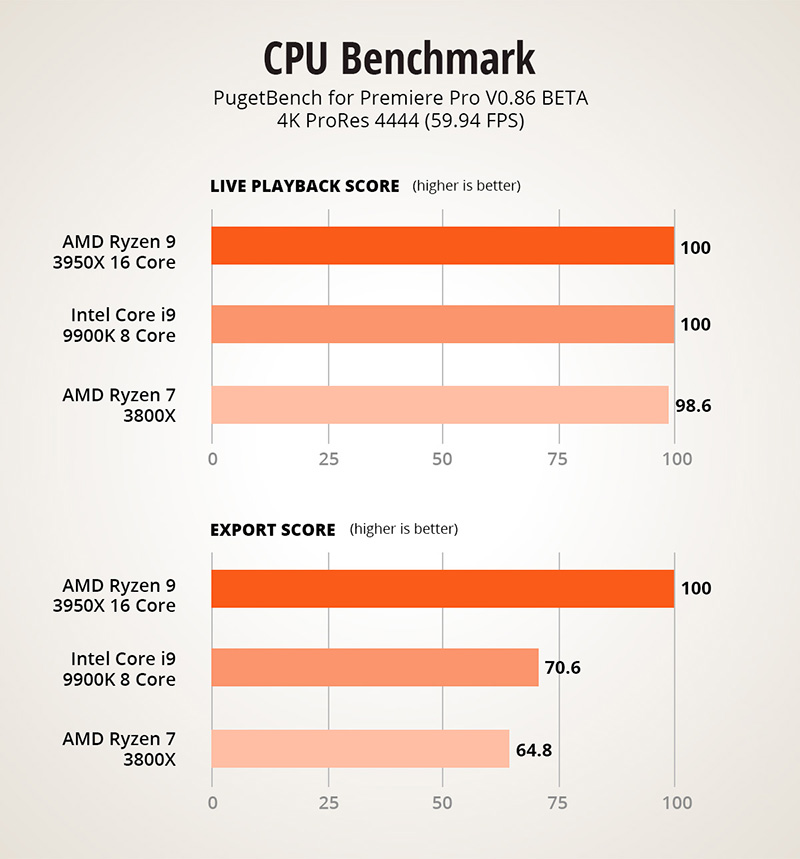
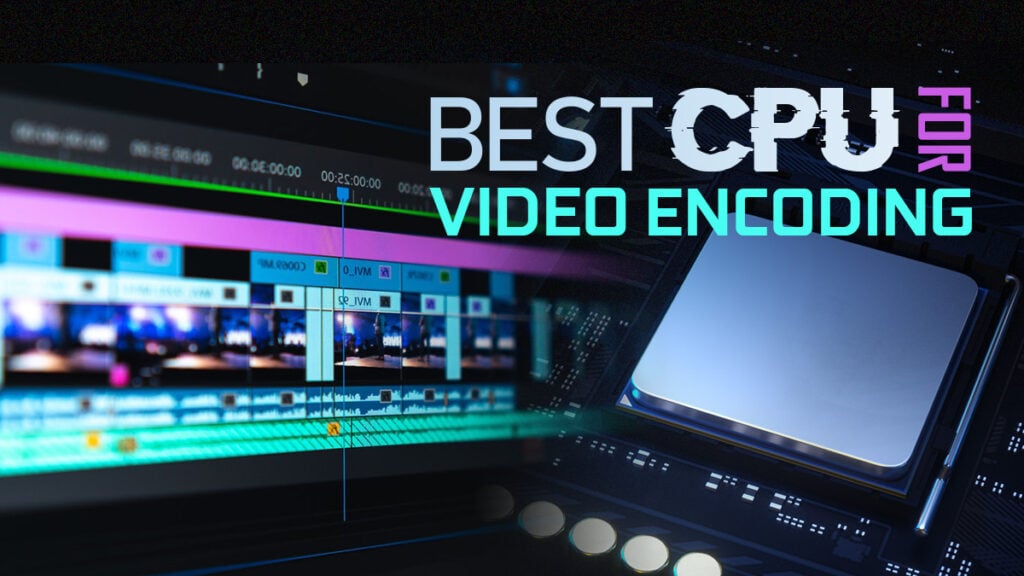
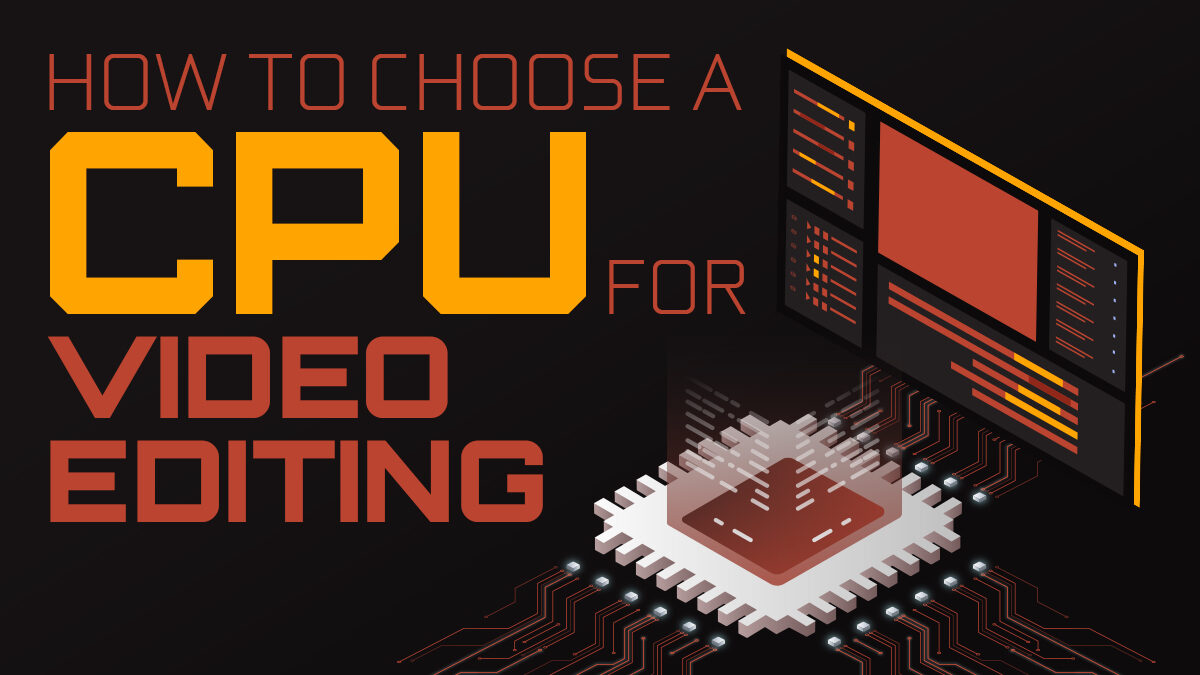
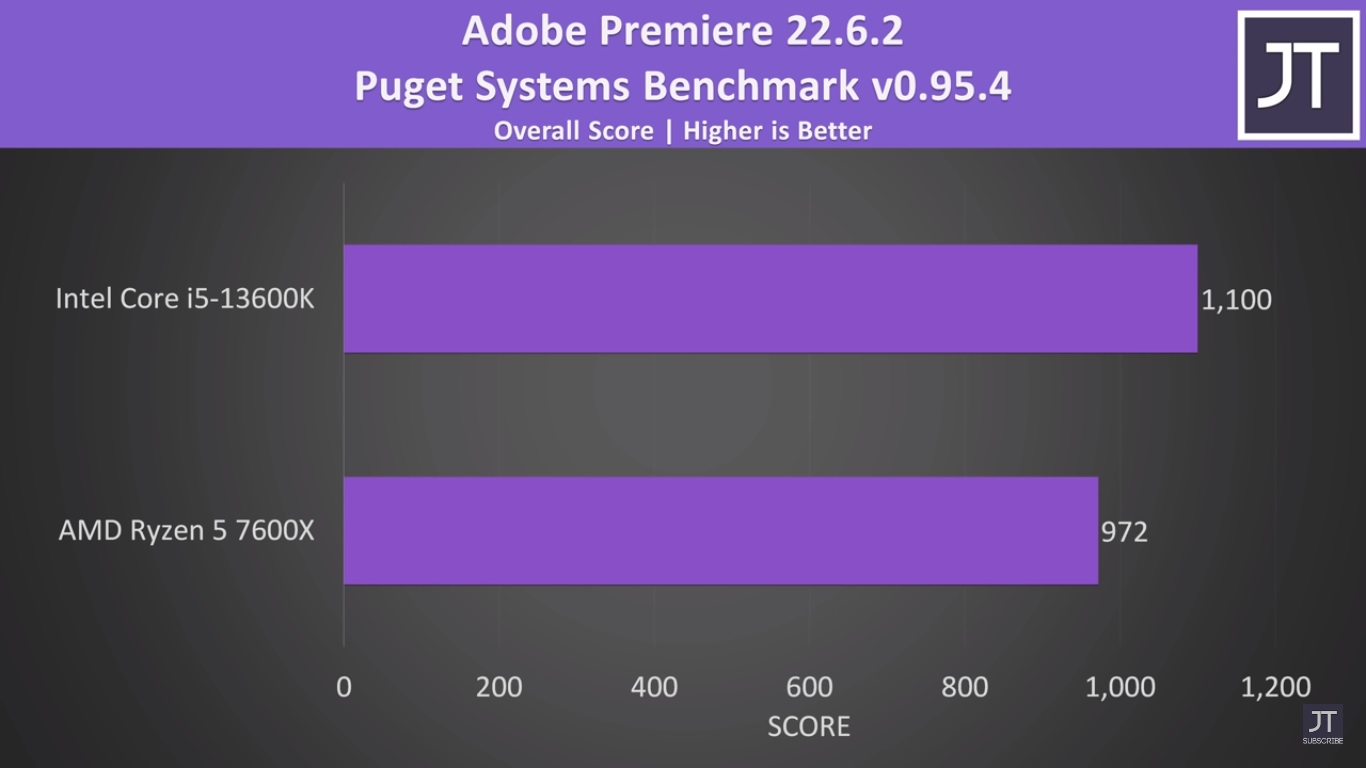


![Good Processor Speed For Video Editing Best CPU for Video Encoding [2024 Update]](https://www.cgdirector.com/wp-content/uploads/media/2022/02/Recommended-RAM-for-Video-Editing.jpg)
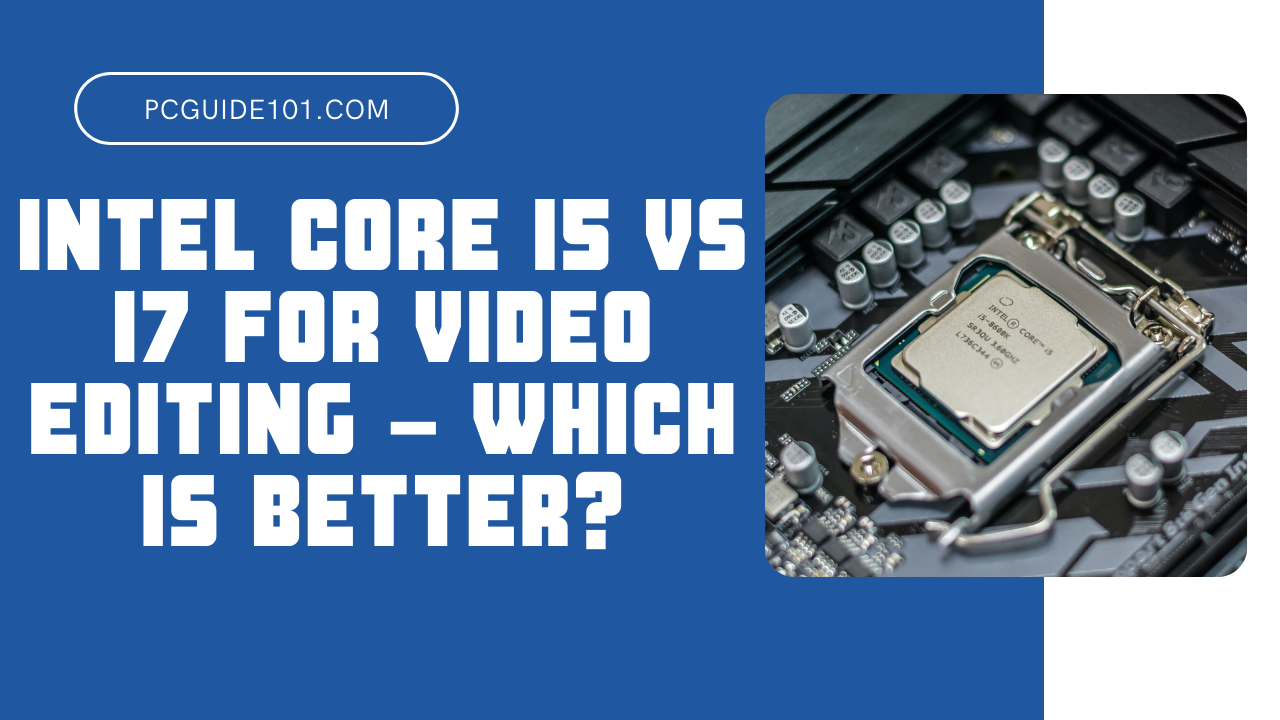
![Good Processor Speed For Video Editing TOP 5: Best CPUs For Video Editing [2022] - YouTube](https://i.ytimg.com/vi/OD4h3gPqi4Q/maxresdefault.jpg)

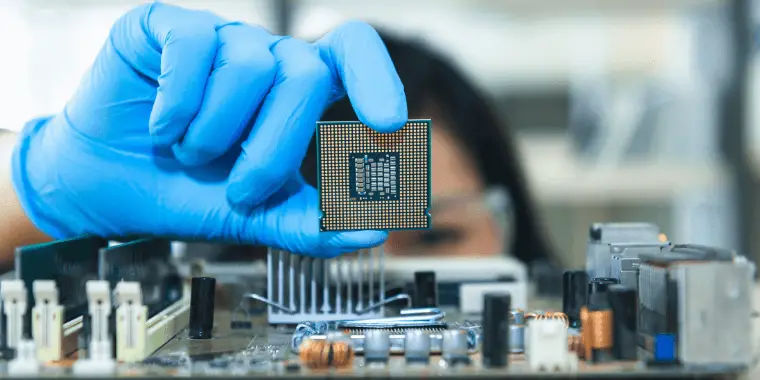


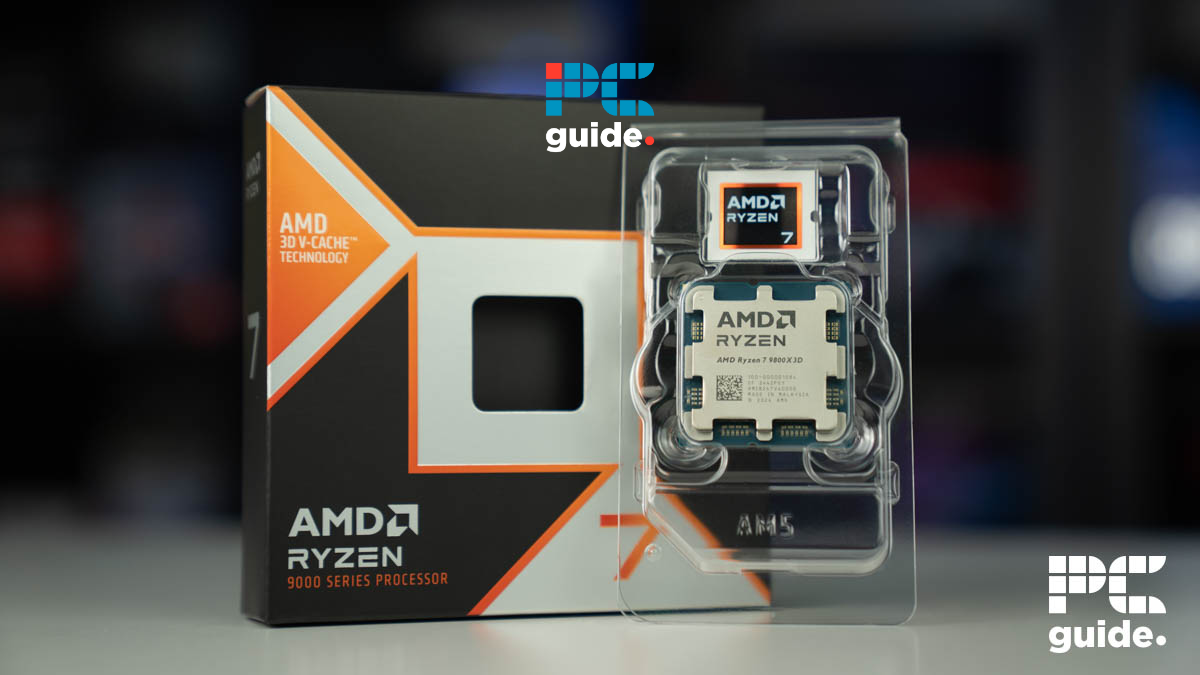
![Good Processor Speed For Video Editing 5 Best Processors for 4K Video Editing [2023] - Pick CPU](https://pickcpu.com/wp-content/uploads/2022/07/Ryzen-9.jpg)

